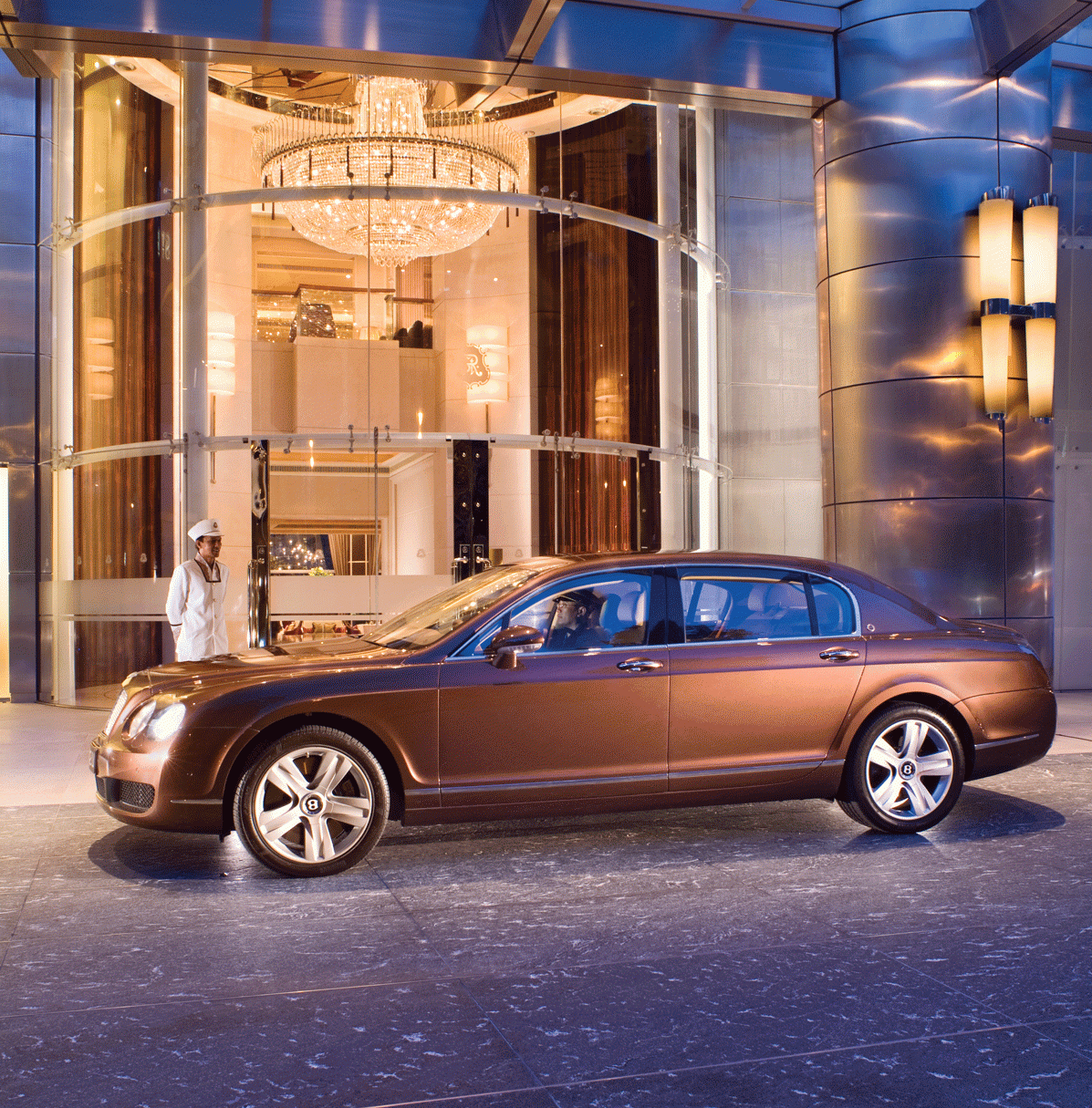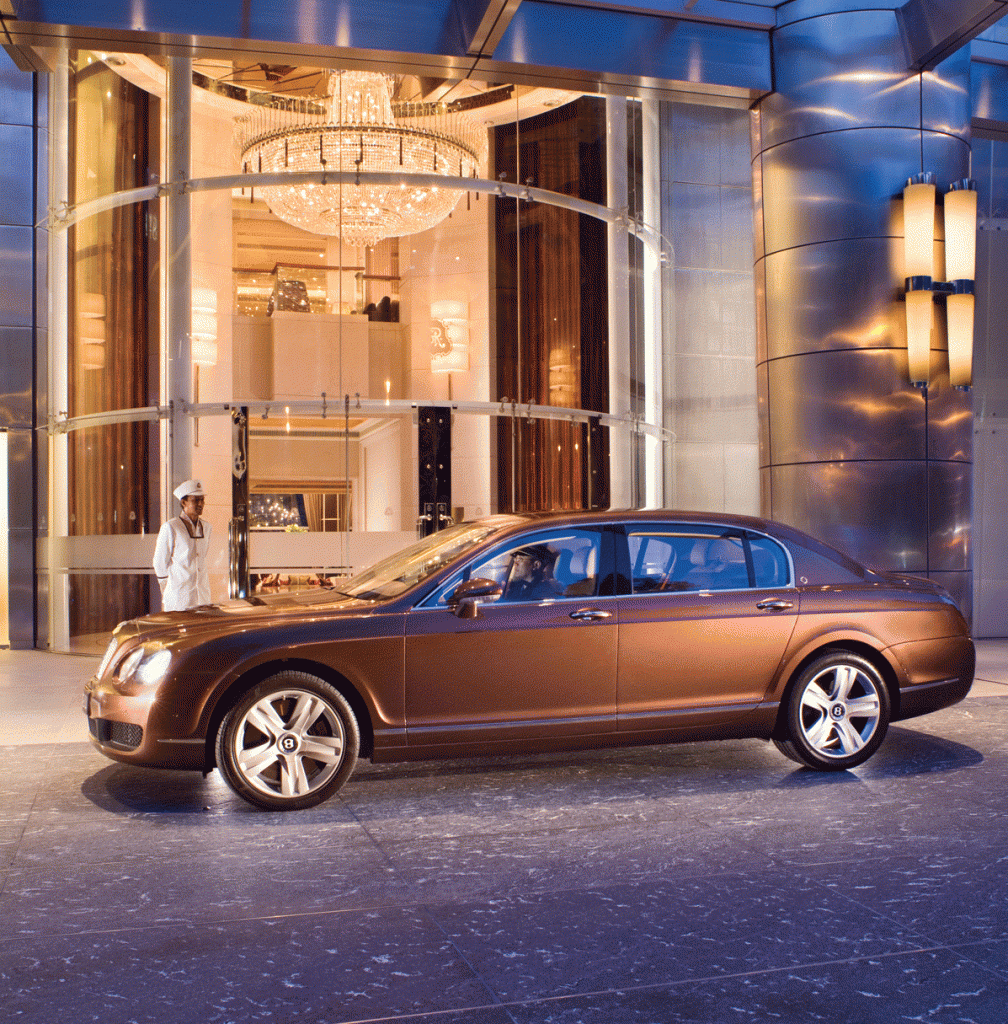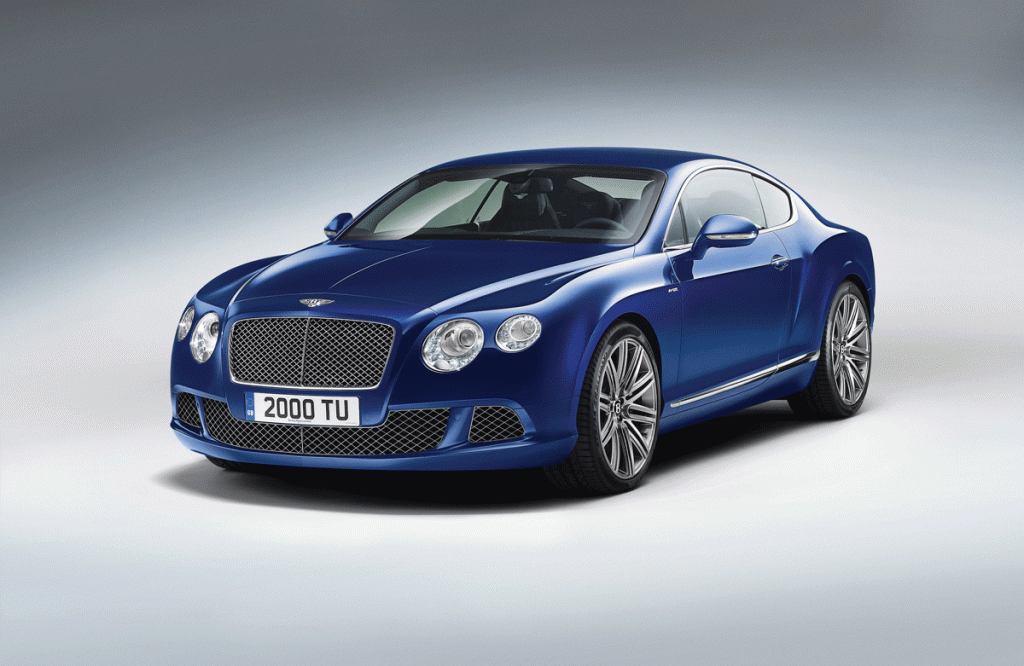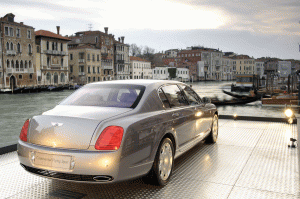Bentley’s New Residence
The legendary British automaker checks in at the St. Regis for a winning combination of heritage, style and tradition.
By Jim Gorzelany
Some partnerships are destined to be a prodigious fit: Laurel and Hardy; Wilbur and Orville Wright; Steve Jobs and Steve Wozniak; Ben and Jerry. And so it is with the elegant combination of the St. Regis and automaker Bentley Motors.
The recently announced partnership leverages the rich heritage and world-class excellence of both brands to further enhance the luxury experience for St. Regis guests, residents and customers, offering driving programs, special events and brand initiatives at its flagship hotels.
What’s more, Bentley Continental Flying Spur models will comprise the house fleets at St. Regis hotels and resorts around the world. Guests will be able to ride in style in the powerful sedan that draws its classically modern styling inspiration from the legendary 1952 R-type Continental coupe and its four-door successor, the 1957 Continental Flying Spur sedan.
Likewise, derived from its current two-door compatriot, the Continental GT, the Continental Flying Spur stirs the senses with a heady performance from its 552-horsepower, 6.0-liter turbocharged W12 engine (similar to two V6s joined together side by side) and coddles its occupants with a leather-, wood- and aluminum-trimmed interior. A symmetric dashboard mimics Bentley’s “Winged B” logo, with classic gauges and controls mingling with a modern touch screen “infotainment” system at the center of the dash. A handsome analog clock made exclusively for Bentley by high-end watchmaker Breitling resides on the center console. All told, it’s a classic yet contemporary interpretation of British elegance.
“We are committed to providing experiences that far surpass expectations, and this partnership with Bentley enables our discerning guests to explore must-see destinations in unparalleled style,” says Paul James, global brand leader for the St. Regis. Of course, the iconic Bentley “Winged B” stands for more than style, grace and luxury—it also represents uncompromising performance forged during the earliest days of auto racing.
A Royal History
Walter Owen (“W.O.”) Bentley, who established the company in 1919, first made a name for himself during World War I as a builder of airplane engines, most notably for the legendary Sopwith Camel. The fledgling automaker’s hallmark 3-liter, 85-horsepower engine helped Bentley Motors set myriad speed and endurance records at prestigious racing venues across the globe, including Indianapolis, the Isle of Man and Brooklands.
Bentley cars would subsequently come to dominate the famed 24 Hours of Le Mans endurance runs. A group of wealthy British motorists who came to be known as the “Bentley Boys” piloted Bentleys to the checkered flag at Le Mans in 1924, 1927, 1928, 1929 and 1930, taking the first four places in 1929.
Unfortunately, the company was hit by a financial salvo after the stock market collapse in 1929, and sales dipped as the Great Depression all but eradicated the demand for upscale products of all kinds. Bentley was subsequently sold to rival British luxury automaker Rolls-Royce in 1931, with W.O. Bentley consequently leaving the company he founded.
In the post-World War II years, the brand established itself as a purveyor of what were essentially sportier alternatives to Rolls-Royce’s comparatively stodgy motorcars. Tradition dictated that a Rolls-Royce was meant to be driven by a chauffeur, whereas a Bentley was specifically built for the personal motoring pleasure of its owner. Iconic Bentleys from the post-war period include such opulent grand tourers as the Mark VI and the seductive series of Continentals, followed by more recent models like the Corniche, Brooklands and Arnage.
The town of Crewe, in Cheshire, England, has been home to the Bentley’s global headquarters since 1946, where its cars remain meticulously handcrafted. In 1988, Bentley and Rolls-Royce became separate entities, with the former brand being purchased by the Volkswagen Group and the latter brand going to BMW. BMW supplied engines for both brands through 2002. The Continental GT coupe was the first contemporary Bentley designed and built under the current ownership when it was introduced in 2004—representing an uncanny combination of German engineering and British craftwork.
Past Meets Present
Bentley’s current lineup includes the Continental Flying Spur sedans, Continental GTC and Supersports convertibles, and the flagship of Bentley’s lineup, the opulent Mulsanne sedan. Featuring a bold, upright exterior styling and a plush interior trimmed in the finest wood and hides, the 6.8-liter, V8-powered Mulsanne is named for a section of the track used for the annual 24 Hours of Le Mans, which the Bentley Boys dominated in the 1920s. Bentley returned to Le Mans in 2001, after an absence of more than 70 years, with a low-slung carbon fiber and aluminum-built racecar known as the Speed 8. Ultimately, the automaker won the 24-hour race in 2003.
While Bentley hasn’t been actively involved in motorsports since its last Le Mans victory, the company’s latest model pays homage to its classic racers. Redesigned for model-year 2013 is the second-generation version of Bentley’s top performer, the Continental GT Speed. Inspiration for this posh luxury coupe was derived from the famed “Speed” models that date back to 1923. Even then, W.O. Bentley saw the market potential for a car that could reward an enthusiastic driver with even greater abilities. The first Speed model was powered by a specially modified version of the brand’s 3-liter engine and quickly became one of the most desired Bentleys ever built.
The Continental GT Speed, first introduced to the public this past summer, is Bentley’s fastest production model to date. The GT’s 6-liter, turbocharged W12 engine is deftly modified to generate a 616 horsepower and can rocket the sleek coupe to 60 mph in a mere four seconds, with a scenery blurring top speed of 205 mph.
The Continental GT Speed channels that massive amount of power to the pavement via a quick-shifting, eight-speed automatic transmission. The car holds onto the road tenaciously, thanks to a sophisticated all-wheel-drive system that’s teamed with upgraded steering and suspension systems, Pirelli PZero ultra high performance tires and a lower ride height than the standard Continental GT.
Looking Forward
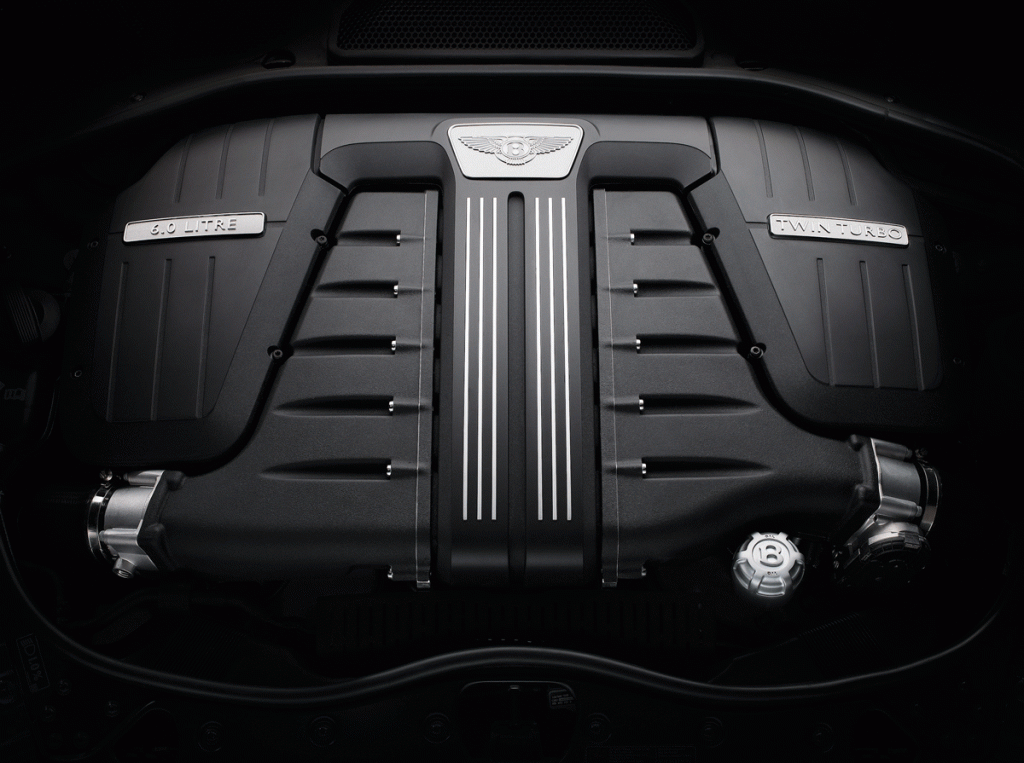
At the 2012 Geneva International Motor Show, the automaker unveiled a concept model, code-named the “EXP 9 F,” which would apply its hallmark values of design, engineering and craftwork to what would be the brand’s first sport utility vehicle. While production plans have yet to be finalized, Bentley’s expression of the sport utility vehicle would be no mere people-mover, standing apart with athletic styling and sports car-like performance coming from the Continental GT’s range of V8 and W12 engines. To that end, the “F” in the name stands for “falcon,” said to be the fastest-moving creature in the world. “EXP 9 F represents the absolute pinnacle of the sport utility sector, setting a new benchmark for this type of vehicle,” says Dirk van Braeckel, Bentley’s director of design. “The style reflects Bentley’s sporting character despite its radically different package and purpose together with sculptured, flowing surfaces in keeping with the Bentley tradition.”
Shaken, Not Stirred
While the world’s most famous secret agent—James Bond—drove a Bentley in Ian Fleming’s original series of novels, this was not the case in any of the subsequent films, where Aston Martins tended to be Agent 007’s rides of choice. Agent John Steed, on the other hand, drove a Bentley in the popular television series “The Avengers” during the 1960s. Bond finally settled back behind the wheel of a Bentley last year—a Continental GT to be specific—in the pages of the most recent James Bond novel “Carte Blanche,” written by international best-selling author Jeffery Deaver under the auspices of Ian Fleming Publications Ltd.
Know Your Bentley
• It takes 150 hours to hand-build a Bentley Continental GT.
• Interior wood veneers are both book and mirror matched to create perfect symmetry.
• Every piece of glass in a Bentley is given its final polish with finely powdered pumice normally used to polish optical lenses.
• Trimming a Continental GT uses more than 147 yards of thread.
• Every machinist who creates a set of upholstery signs the back of it with his or her initials.
Bentley Suite
In September 2012, The St. Regis New York debuts the Bentley Suite, a designer suite, which joins other custom suites at the hotel, including the Dior Suite and the Tiffany Suite.
Located on the 15th floor of the hotel, this custom suite provides Bentley-adoring guests with the luxury and style of both timeless brands. The distinctive heritage and modern vision of St. Regis and Bentley is reflected in the unforgettable design of the suite.
Fans of Bentley will be delighted to discover that the spacious 1,700-square-foot suite is reminiscent of the defining characteristics of the luxury automobile brand—a mix of dark, rich tones and a strong attention to detail and handcrafted luxury can be seen throughout the space. The suite’s design boasts the juxtaposition of Old World elegance and modern sleekness that speaks to the exquisite craftsmanship of Bentley.
The Bentley Suite consists of an entryway foyer, one bedroom, one-and-a-half baths, and an expansive dining room and living room with floor-to-ceiling windows overlooking Fifth Avenue. Upon arrival, guests will be treated to a bespoke experience, complete with around-the-clock St. Regis butler service.

